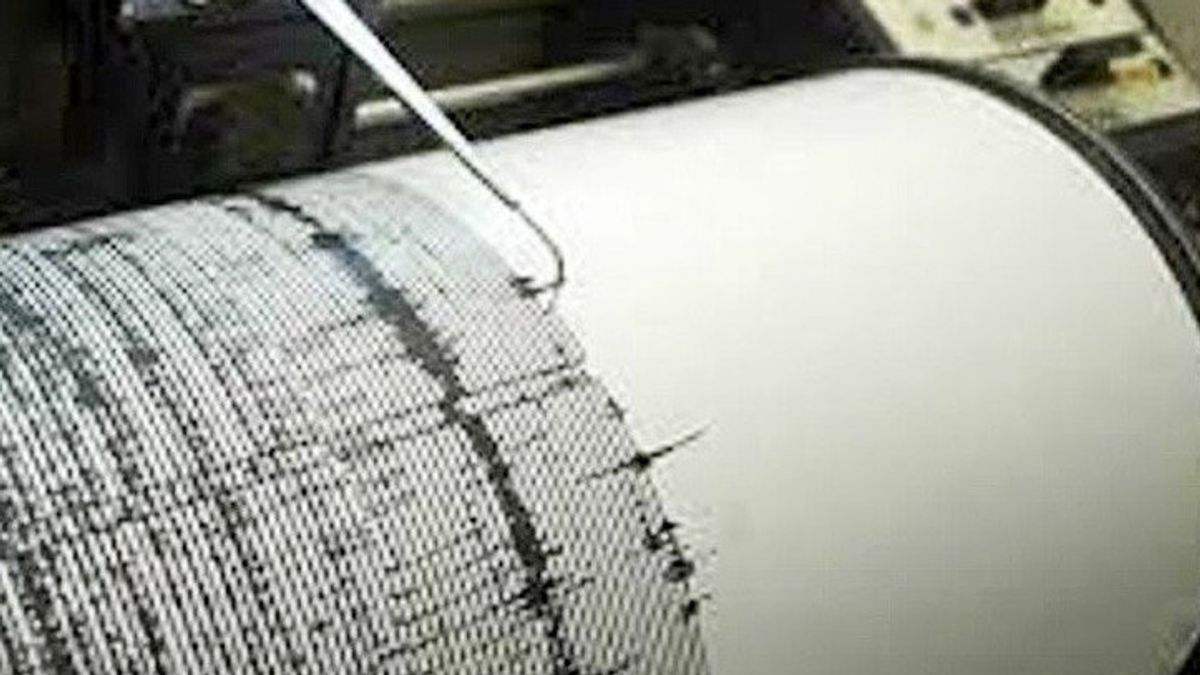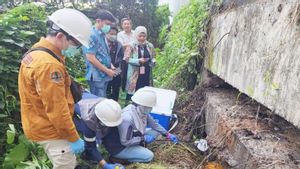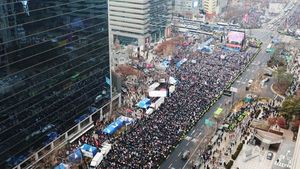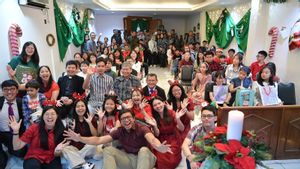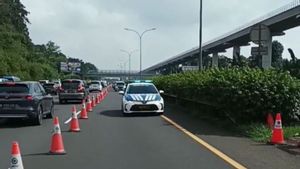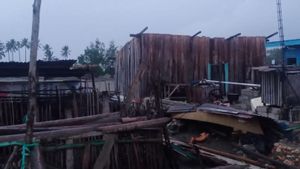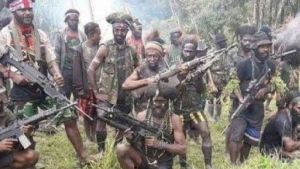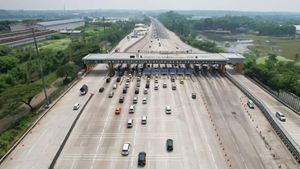JAKARTA - The Meteorology, Climatology and Geophysics Agency (BMKG) has classified the earthquake-affected areas in Mamuju Regency, West Sulawesi, the majority of which are soft soils from the results of the microzonation survey.
Coordinator of Technical Seismology, Center for Technical Seismology, Potential Geophysics and Time Signs (PSGT) of BMKG Dadang Permana in the Meteorology, Climatology and Geophysics Colloquium Series 7, said that in general the classification of soil in Mamuju varies, ranging from soft soil types that dominate in the northern coastal area.
While a small part of the city is composed of medium and hard soil types in the South and West regions, which are hilly areas.
"Earthquake damage is spread over the red area where it is classified as soft soil. Then there are also some buildings that actually stand on medium to hard ground, but there are also collapsed, or suffered quite heavy damage, maybe it can be concluded as poor construction. good," said Dadang as reported by ANTARA, Wednesday, June 22.
From the results of macroseism observations in the field, it can be concluded that the most damage was found in Simboro District and Rengas Mamuju Regency with an intensity of 5 MMI.
The measurement of soil type classification using the vs30 seismic method (shear wave velocity up to a depth of 30 meters), yielded information that most of the affected areas had a soft soil type classification, said Dadang.
"Most of the damage to buildings was caused by the proximity to the epicenter and the construction of buildings that did not meet the required construction code (building code). In addition, the location with a lot of damage was above a layer of soil classified as soft soil," he asserted.
The BMKG recommendation is that there is a need for a mapping survey of earthquake hazard microzonation activities for Mamuju City as the provincial capital, as well as other districts in West Sulawesi Province, the results of which can be used as a basis for considering regional spatial plans.
In addition, as a mitigation effort, rehabilitation and reconstruction activities as well as the construction of buildings and settlements in earthquake-prone zones must pay attention to the microzonation of earthquake hazards, and comply with the rules of earthquake-resistant building construction according to established standards.
The English, Chinese, Japanese, Arabic, and French versions are automatically generated by the AI. So there may still be inaccuracies in translating, please always see Indonesian as our main language. (system supported by DigitalSiber.id)
